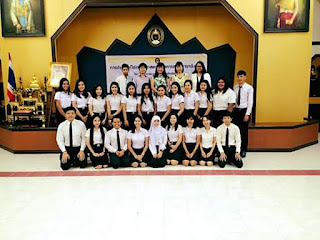This week, I learned about Corpus Linguistics by Dr.
Kriangkrai Vathanalaoha. Corpus was not only a collection of words but
also a seek for the truth. It was a theory and methadology of language. I knew
that corpus was created since 1897. It was around 19th - early 20th century.The
first corpus wrote about child diaries. It also had two cases; The case for
introspection that focus on language competence rather than language
performance. The case for empiricism which belived that introspective was
artificial. We couldn't test it in real life. In addition, I knew the types of
corpera. There were seven types.
1.
Special Corpus: It was a specific information.
2.
General Corpus: It was broad and large words of spoken and written British
English.
3.
Mutilingual Corpus: It added Spanish or American English and Indian English.
4.
Parallel Corpus: It was a translate text from English language to another
language.
5.
Learner Corpus: Language use crated by people learning a particular language.
6.
Historical or Diachronic Corpus: 1.5 million words of text from 700AD -
1700AD.
7.
Monitor Corpus: Continually being added to.
Besides, I learned the concordances which were about we could
understand a word by its context.In Corpus, we could find the collections that
were used mostly. We could know the number of words, or the frequency by
Distribution information. Furthermore, I tried to use corpus by searching some
phrase such as broad daylight which meant in negative way or swanning aroun.
And .If I didn't know some word that use with another word I could search
"something * about her" and the word or adjective that could be used
with women would be appeared. Finally, Corpus was a useful material that
the students or teachers could use to collect the information or could find
real information to apply to their studying or teaching.











